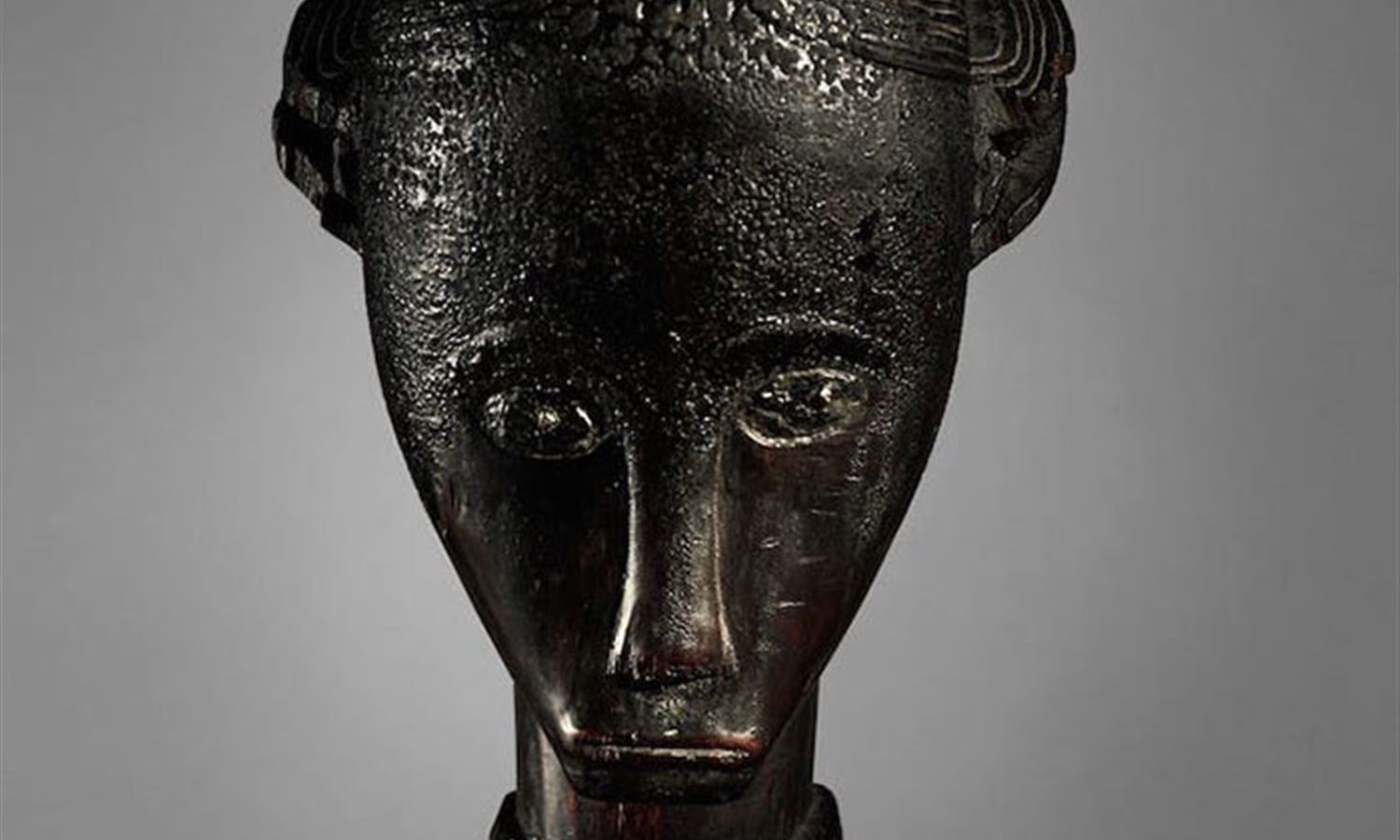On June 29, the auction house presented a work of classic African art in an evening sale of contemporary art for the first time. This is the head of the Fang-Bitsy munitions from the Sydney and Bernice Clayman group, dubbed "Cleman Fang Head" from Sotheby and praised as "one of the greatest masterpieces of African art remaining in private hands."
The piece is of great value because it belongs to Charles Raton, along with Paul Guillaume, one of the most important early French merchants and African art experts. Raton published The Cape in 1931 in his book Masques Africanains. Shortly thereafter, he sold it to James Johnson Sweeney, the curator who organized the "African Negro" exhibition at the Museum of Modern Art in New York in 1935 - the first museum show in the United States to present these works as art instead of ethnography. Sweeney kept the piece in his apartment, designed by Mais van der Rohe, along with the works of Meru, Mondrian and Calder. At selling his property at Sotheby's in 1986, the head, an estimated $ 10,000 - $ 15,000 - was purchased for $ 107,250 by designer William McCarty Cooper, who inherited the famous collection of Picassus and other Cubist artworks collected by art historian Douglas Cooper. The sculpture last appeared on the market in 1992 when Clymans bought it for $ 350,000. Since then it has been widely exhibited and selected as an interface in the exhibition catalog for "Eternal Ancestors: Certified Central African Art", at the Metropolitan Museum of Art in New York in 2007-2008. Such a source and the history of the show are certainly enough to reassure even the most cautious buyer.
For specialist collectors, the rarity of the piece adds to its allure.
Accumulations of resinous palm oil are evident on the forehead and braids, while the craquelure on the top of the forehead points to an early that is, 19th century date.
The Clyman Fang head comes at Sotheby’s Contemporary Art evening sale bearing a conservative estimate of $2.5m–$4m, while 32 further pieces from the Clymans’ African collection, mostly acquired during the 1960s and ’70s, are offered on 30 June.
